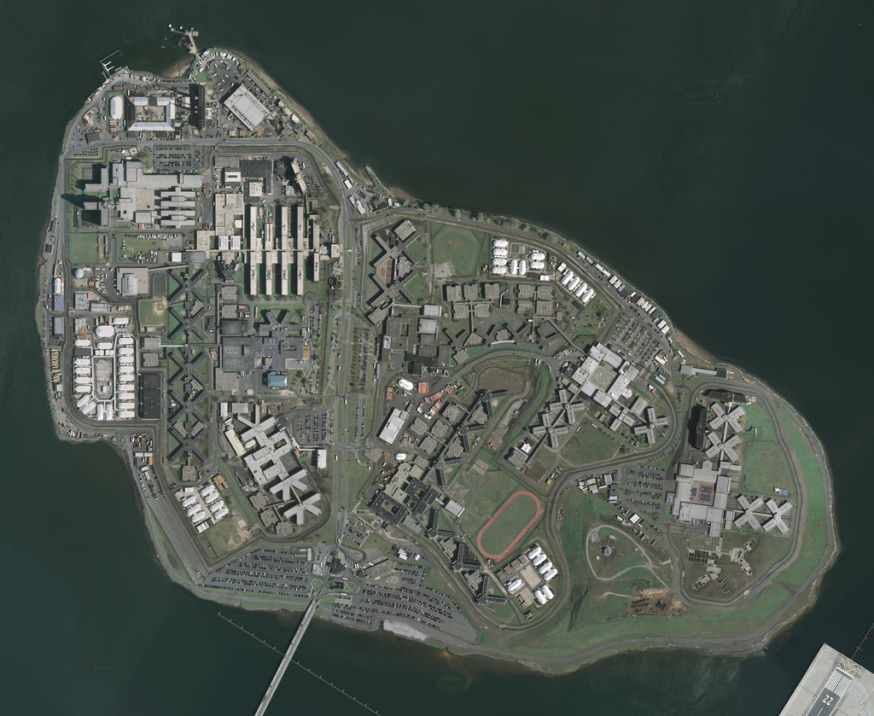
Aerial photo of Rikers jail complex (NYCDOC)
April 21, 2020 By Allie Griffin
The inmate population in New York City jails has dropped below 4,000 for the first time since 1946, following the release of approximately 2,000 prisoners as a result of COVID-19.
Mayor Bill de Blasio and City officials have released inmates who are the most vulnerable to COVID-19 complications — such as those who are older with have underlying conditions. Additionally, those with short sentences were let out.
“This dramatic reduction in the detainee population is a significant development which has allowed us to increase social distancing within our facilities as we deploy all available measures to fight the COVID-19 virus,” said Department of Correction Commissioner Cynthia Brann. “We are doing all we can to ensure the health and well-being of everyone who works or lives in our jails.”
The Department of Corrections, district attorneys, public defenders and state parole officials have worked together to determine what prisoners were to be released.
The list included 300 inmates who were serving short sentences and more than 500 people held on Rikers Island for a technical parole violation like missing an appointment or failing a urine sample test. Another 600 people held pretrial were released back into their communities and hundreds more were released with judges’ approvals.
The jail population is also down because fewer people are being imprisoned amid the coronavirus pandemic. Just 600 people were put in jail from March 16 to today — compared to 3,300 people over the same period last year.
Prior to the coronavirus pandemic, the city’s jail population had roughly halved since 2014 from 11,089 to 5,447 people.
“We have reached a historic milestone, and done so in a way that is both humanitarian and just,” de Blasio said. “When I took office, there were over 11,000 people in our jails; six years later we have a population of fewer than 4,000. This achievement is one part of the overall effort to create a system that is smaller, safer, and fairer for all.”
3 Comments

Misleading number. De Blasio let criminals out, and cops are not arresting people, because they don’t want to get the Corona Virus.
They cancelled st. Patrick’s day parade, which is a holy parade not like this catastrophe.
There’s no parade in Rikers